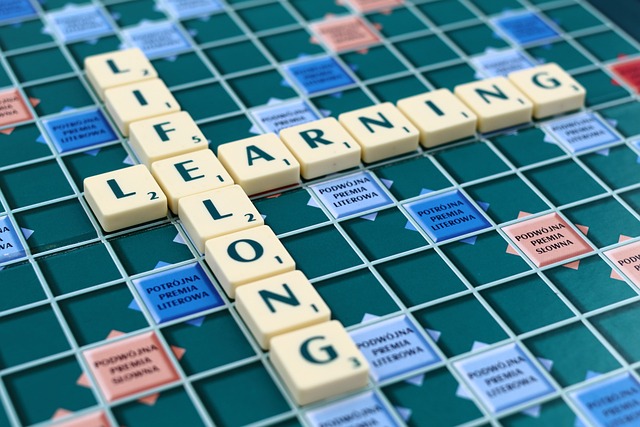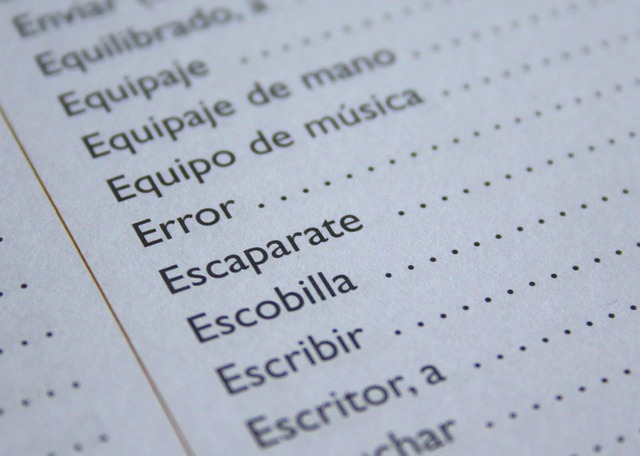How to Navigate the Special Education System and Support Inclusion in the Classroom

Navigating the special education system can be a daunting task for parents and teachers. This blog post will provide helpful tips on how to better understand the special education system and how to best support inclusion in the classroom. It will cover topics such as understanding the rights of students with special needs, creating an individualized education program (IEP), and cultivating an inclusive environment in the classroom.
Understanding the Rights of Students with Special Needs
The Individuals with Disabilities Education Act (IDEA) is a federal law that ensures students with special needs have access to a free and appropriate public education. This law outlines the rights of students with special needs and the responsibilities of the school system to provide them with necessary resources. It also ensures that all students are protected from discrimination based on their disability.
Understanding the rights of students with special needs is an important first step in creating an inclusive environment in the classroom. Parents and teachers must be aware of the legal protections available to students with disabilities and the resources that the school system must provide to ensure their academic and social success.
Creating an Individualized Education Program (IEP)
An individualized education program (IEP) is a written plan that outlines the educational goals for a student with special needs. The IEP is developed by a team of educators and parents, and it takes into account the student’s strengths, weaknesses, and learning style. The IEP also outlines the services and supports that the student will receive, such as specialized instruction, related services, and accommodations.
Creating an individualized education program (IEP) is an important step in the special education process. The IEP ensures that the student is receiving the necessary services and supports to be successful in the classroom. Parents and teachers must work together to create an IEP that meets the student’s individual needs.
Cultivating an Inclusive Environment in the Classroom
Inclusion is the practice of educating students with disabilities in the general education classroom. It requires teachers to modify instruction and assessment to meet the individual needs of their students. Inclusion also requires an understanding of different learning styles and an awareness of how to best support students with special needs.
Cultivating an inclusive environment in the classroom is essential for the academic and social success of students with disabilities. Teachers must be willing to modify instruction and assessment, create a supportive learning environment, and foster positive relationships with their students.
Conclusion
Navigating the special education system and supporting inclusion in the classroom can be a challenging task for parents and teachers. It is important to understand the rights of students with special needs and to create an individualized education program (IEP) that meets their individual needs. It is also essential to cultivate an inclusive environment in the classroom by modifying instruction and assessment, creating a supportive learning environment, and fostering positive relationships with students.


